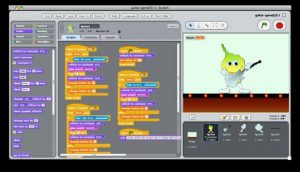Death by PowerPoint … that numb feeling you get in your brain as slide after slide follows each other and the presenter’s voice drones on. But what really causes it and what’s the solution?
 It is hard to get ahead in business without being able to speak or make presentations … presentations your audience find informative, easy to concentrate on and enjoyable.
It is hard to get ahead in business without being able to speak or make presentations … presentations your audience find informative, easy to concentrate on and enjoyable.
Somebody somewhere did some research a few years ago that showed that presentations using PowerPoint do more harm than good. They literally put people to sleep.
Perhaps … but PowerPoint is not the main culprit for failed presentations and speeches.
Before we get to the failings caused by PowerPoint, here are some general reasons why presentation and speeches can fail:
- Most speakers worry more about their delivery than their content. But the content and presenting it clearly, logically and persuasively is the most important thing in any speech or disquisition.
- As a result, most presentations lack a logical structure that develops the speaker’s case and guides the audience to the required conclusions.
- Many presentations are also too long and tend to weary the audience so that the mood becomes negative.
- Most presenters start off by talking about themselves or the companies they work for … something any audience will find boring. Persons writing copy for sales collateral and websites very often make the same mistake.
- By the time they do start talking about the benefits of their product or service, the audience has given up … most of its members have switched off and are thinking about something else.
Here’s how PowerPoint-based presentations and speeches can add to the failure:
- The attention of the audience is split between looking at speaker and looking at the slides. It is difficult to take in both at the same time.
- If there are lots of words on the slides, they members of the audience will look more at them than at the speaker and start missing what is being said.
I am not suggesting that PowerPoint should not be used … far from it. PowerPoint is in fact very useful if you go about using it in an efficient and productive way.
Here are a few tricks to capture, inform and enthuse your audience using PowerPoint:
- Keep you presentation brief and to the point
- Give it a logical structure that people can follow easily and that will build enthusiasm
- Start with a brief outline of your product or service
- Get to the benefits of your product or service as soon as logically possible
- Only talk about your company and how great it is towards the end (if at all) when your audience are already sold on your product or service.
- Use PowerPoint as a crib sheet, preferably with easy to read bullet points … you can put any necessary details on handouts the audience can pick up at the end of your presentation.
- Illustrate your slides with pictures and diagrams. People find these more interesting and easier to remember than words alone.
Good luck!